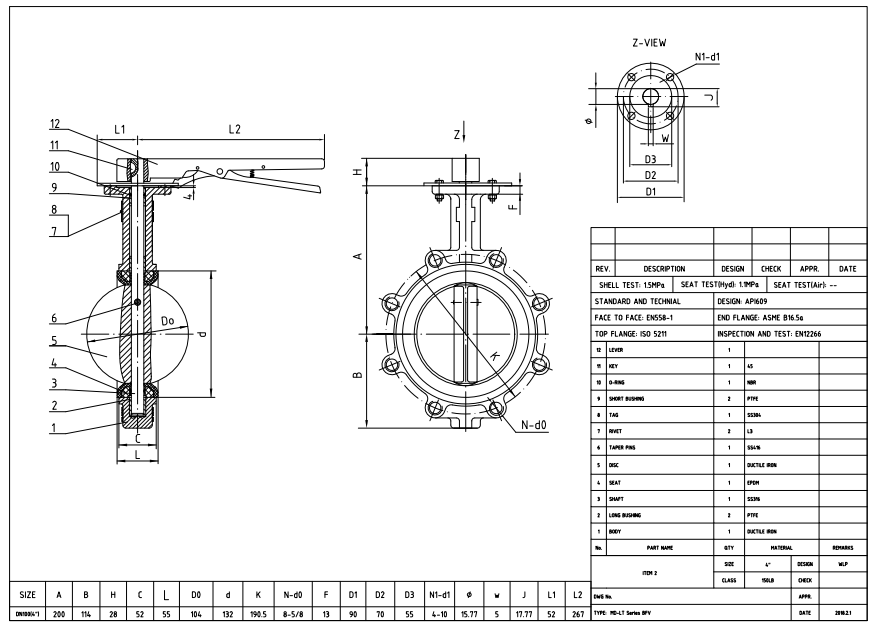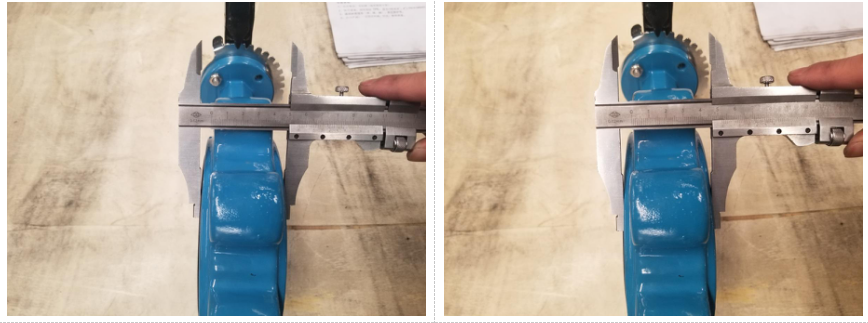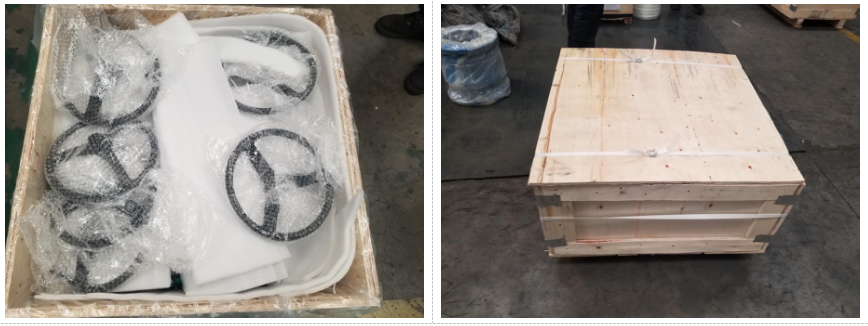Thisconcentricbutterfly valve is a lug type valve with threaded holes and can be used for many applications. The valve can be used as a stopper, a tap for discharging at the end of the pipeline, open/close and flow control.
Payment:
30% when order confirmed, 70% before shipmentProduct Origin:
ChinaColor:
CustomizationShipping Port:
Shanghai, ChinaLead Time:
30~60 days Ex Works after order confirmationMaterial:
Ductile IronMethod of Operation:
Lever
Quick Detail
|
Type |
Butterfly Valve |
|
Nominal Diameter |
4 Inch |
|
NominalPressure |
150LB |
|
Construction |
Concentric Type; Soft Type; |
|
Connection |
Lug Type; |
|
Operation |
Lever |
|
Design & Manufacture |
API609 |
|
End to End Dimension |
EN558-1 |
|
Test & Inspection |
EN12266 |
|
Body Material |
Ductile Iron |
|
Disc Material |
Ductile Iron |
|
Media |
W.O.G |
Features
-Resilient-seated
-Concentric butterfly valve to API609
-Lug-type with threaded holes
-Shut-off valve for drinking and service water up to 120°C
-For bolting between pipe flanges
-As end-of-valve for full differential pressure
-Tight in both flow directions
-Anti-blowout shafts
Technical Drawing

Dimension Check

Packing

About Dervos
Xiamen Dervos Valves Industry Co.,Ltd (stock code 861601), founded in June 2008, is a one-stop industrial valves supplier integrated of R&D, manufacture, resource integration, and trade service. For 12 years, Dervos has been committed to finding solutions for industrial needs and providing professional service for both general and specialized valves.

If you are interested in our products and want to know more details,please leave a message here,we will reply you as soon as we can.